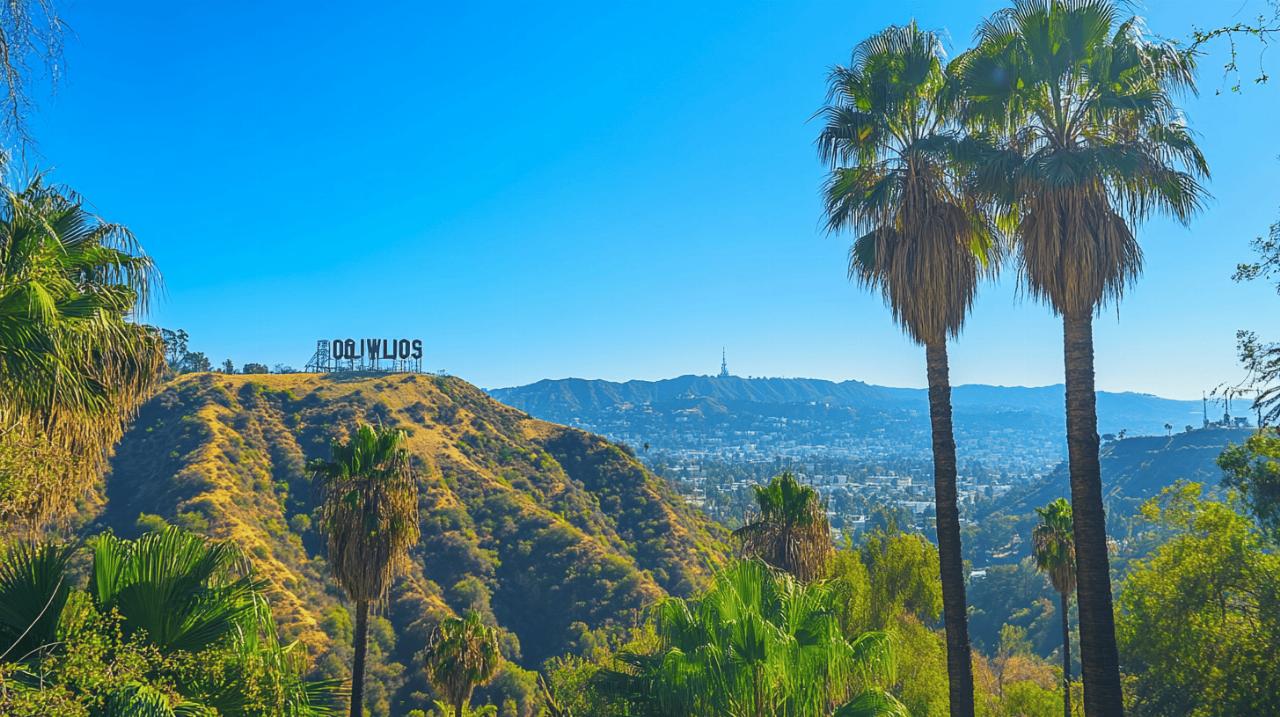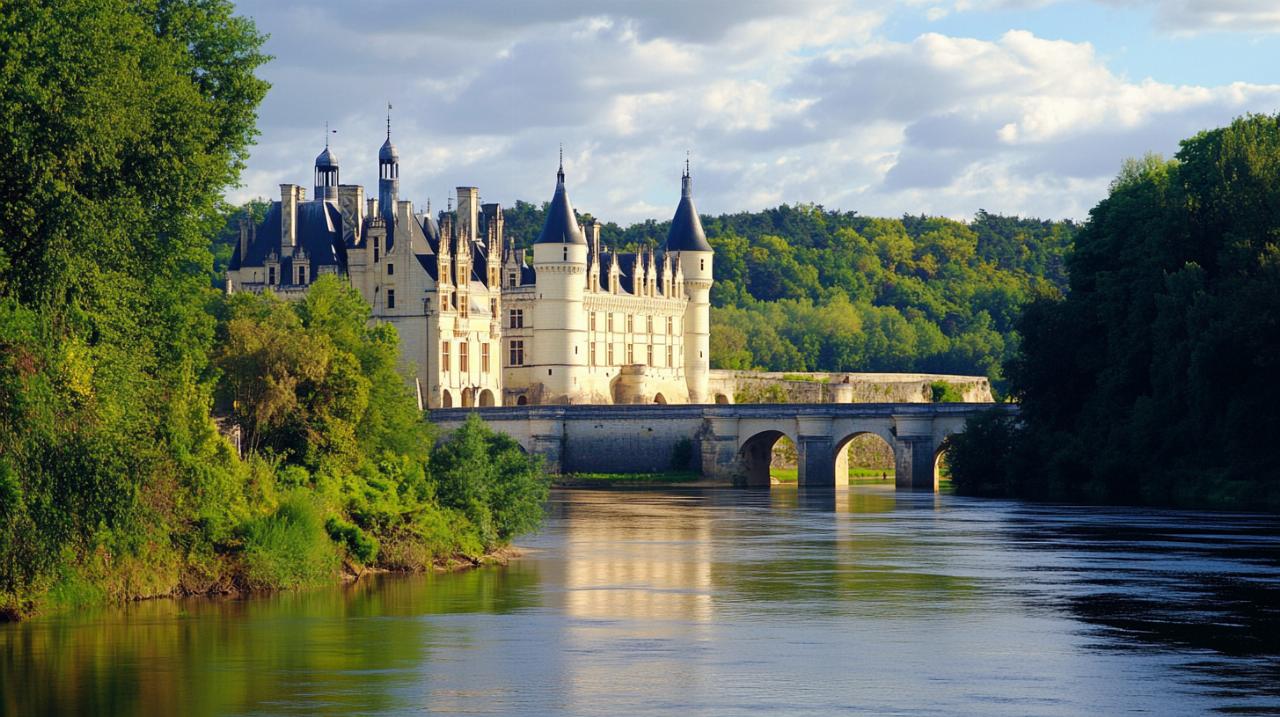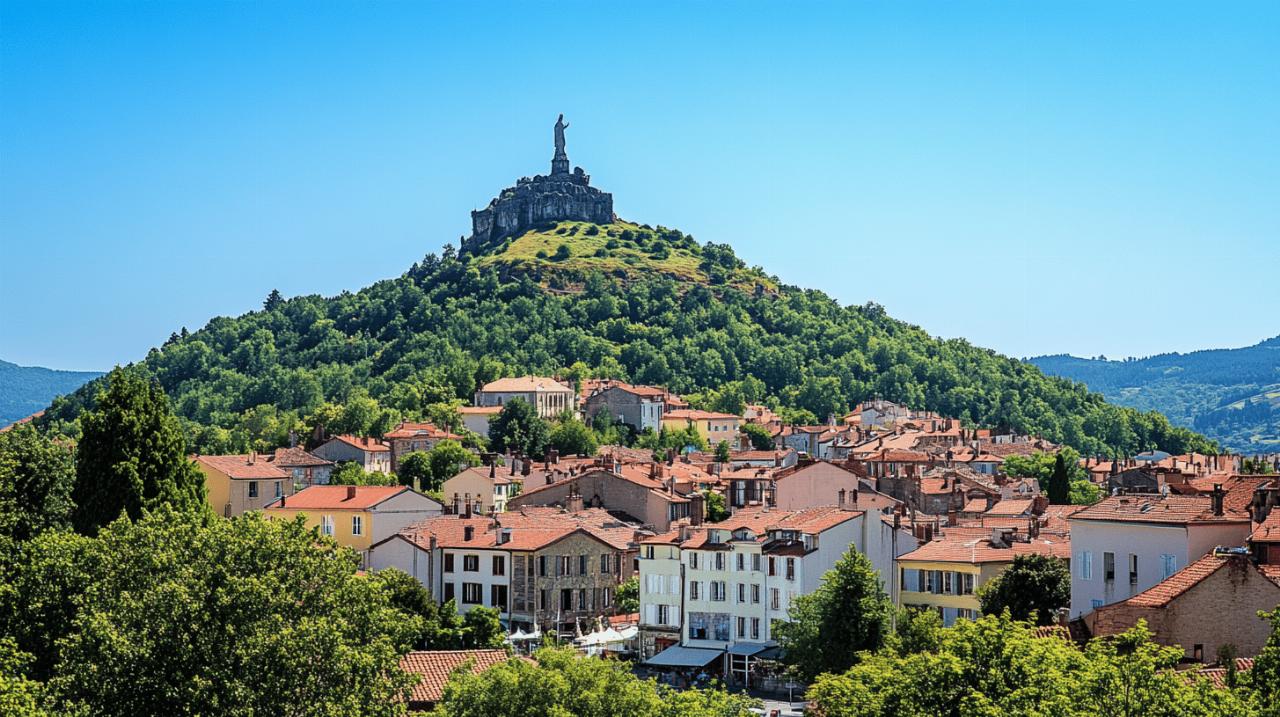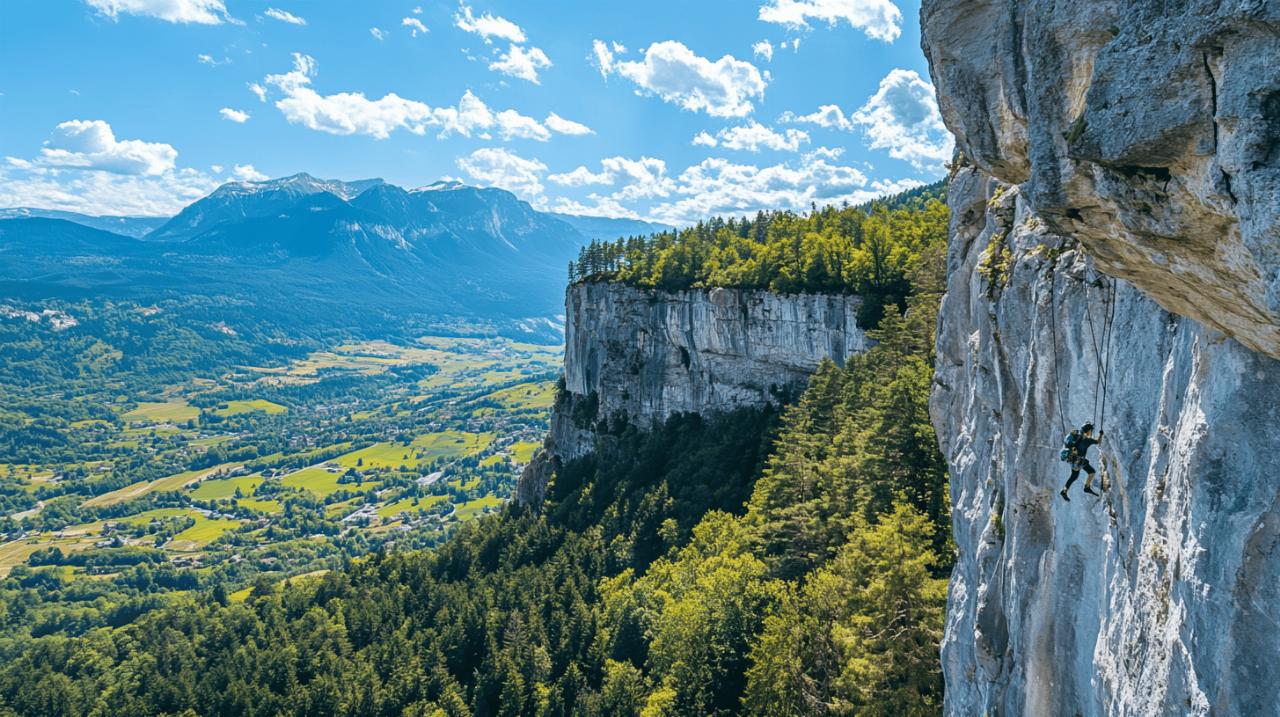Los Angeles, the sprawling metropolis in California, is home to millions of people drawn from every corner of the globe. This vibrant cultural melting pot naturally raises an intriguing question: what do you call someone who lives in this iconic City of Angels? The answer is Angeleno, a term that has become the universally accepted demonym for residents of this dynamic city. While variations exist, Angeleno remains the preferred choice, appearing in everyday conversation, news articles, and official publications throughout the region. This identity extends beyond a simple label, weaving itself into the very fabric of the city's cultural institutions, from its world-renowned galleries to its historic neighbourhoods, each reflecting the diverse spirit of those who call Los Angeles home.
Understanding the Term 'Angeleno': Origins and Common Usage
The etymology behind los angeles resident names
The term Angeleno derives directly from Los Angeles, which translates to The Angels in Spanish. This straightforward linguistic connection makes it the most natural choice for describing the city's inhabitants. Historical records show that the word first appeared in print in January 1882 and has since accumulated more than fourteen thousand uses in news articles. The Spanish pronunciation of the related term Angeleño is rendered as Ahn-hell-len-yo, though the anglicised version has become standard in English-speaking contexts. The evolution of this terminology reflects the city's transformation from its Spanish colonial roots to a modern global metropolis. Research indicates that more than seventy per cent of Los Angeles County and city residents identify themselves as Angelenos, demonstrating the term's widespread acceptance and cultural resonance. This preference has solidified over time, making it the definitive way to refer to anyone residing in this second most populous city in the United States.
Alternative Terms for LA Inhabitants and Their Popularity
Despite the dominance of Angeleno, alternative terms have emerged throughout the city's history. The variant Angelino appeared in print in March 1887 and has been cited around three hundred times in news articles, making it far less common than its counterpart. Some linguistic historians suggest that Angelino may have been introduced to differentiate the modern Anglo Los Angeles from the Spanish or Mexican settlement that preceded it. However, this theory remains disputed, and the term has never achieved widespread adoption. Beyond these Spanish-derived options, residents are sometimes referred to simply as LA residents or people from Los Angeles, particularly in informal contexts. Interestingly, Angelino Heights, one of the oldest neighbourhoods in the city founded in 1886, retains this alternative spelling in its official name, adding another layer to the ongoing debate. The neighbourhood sits atop a five-hundred-and-two-foot hill and features a remarkable collection of Victorian, Craftsman, and Art Deco architecture. Regardless of these variations, Angeleno remains the term that most accurately captures the identity of those who inhabit this sprawling urban landscape, from the north of the city to the diverse Latino, Hispanic, and white populations that comprise its multicultural communities.
Exploring angeleno identity through the city's premier art galleries
Contemporary art spaces reflecting la's diverse population
The artistic landscape of Los Angeles serves as a powerful reflection of Angeleno identity, with galleries functioning as vital cultural hubs and exhibition spaces throughout the city. Art and Practice in Leimert Park stands as a prime example, founded by artist Mark Bradford to provide free contemporary art exhibitions curated by the California African American Museum. This venue goes beyond traditional gallery functions, offering space for artist talks, panels, and workshops whilst partnering with First Place for Youth to provide housing and case management services. The integration of art and community support exemplifies the Angeleno spirit of inclusivity and social engagement. Self Help Graphics and Art in Boyle Heights has served as a cornerstone for Latinx printmakers since its establishment in 1973. This institution operates a printmaking studio and hosts exhibitions and workshops, becoming particularly renowned for its Dia de los Muertos programming. The space functions as a hub for Chicanx and Latinx activists and artists, preserving cultural traditions whilst fostering contemporary creative expression. These galleries demonstrate how Angelenos embrace their diverse heritage, creating spaces where different communities can celebrate their unique identities whilst contributing to the broader cultural tapestry of the city.
Historic galleries showcasing spanish heritage and cultural roots
The 18th Street Arts Centre, established in 1988, operates two locations in Santa Monica and hosts an artist residency programme designed to amplify excluded voices. This commitment to providing platforms for underrepresented artists reflects the egalitarian values that many Angelenos hold dear. The Brewery Arts Complex represents another fascinating chapter in the city's cultural evolution, having been converted from a Pabst Blue Ribbon Brewery starting in 1982. Spanning sixteen acres and containing three hundred and ten lofts alongside exhibition spaces and restaurants, this vast complex hosts the Brewery Artwalk twice annually, drawing thousands of visitors to experience cutting-edge contemporary art. Tlaloc Studios in South Central Los Angeles, founded by Ozzie Juarez, provides shared workspace for eleven artists and holds regular exhibitions, demonstrating how grassroots initiatives continue to shape the city's artistic landscape. These venues offering free exhibits and community support ensure that art remains accessible to all Angelenos, regardless of economic background. The galleries scattered throughout Los Angeles serve not merely as places to view art but as gathering points where residents from every neighbourhood can encounter new perspectives and celebrate the creativity that defines their shared identity as Angelenos.
Museum destinations that define the angeleno experience
World-class museums celebrating la's multicultural communities
 Museums throughout Los Angeles offer Angelenos and visitors alike opportunities to explore the city's rich cultural heritage and contemporary dynamism. The California African American Museum collaborates with Art and Practice to curate exhibitions that highlight the contributions of Black artists to American culture, ensuring that these narratives receive the prominence they deserve. This partnership exemplifies how Angeleno institutions work together to create a more comprehensive cultural landscape. The city's museum offerings extend across numerous neighbourhoods, each bringing distinct perspectives shaped by local communities. These institutions function as more than repositories of art and artefacts; they serve as active participants in ongoing conversations about identity, history, and social justice. The commitment to providing free access at many venues ensures that economic barriers do not prevent Angelenos from engaging with their cultural heritage. Museums in Los Angeles frequently host artist talks, panels, and workshops that transform passive viewing into active participation, fostering deeper connections between creators and audiences. This interactive approach reflects the collaborative spirit that characterises Angeleno culture, where diverse voices come together to create something greater than the sum of their parts.
Museums throughout Los Angeles offer Angelenos and visitors alike opportunities to explore the city's rich cultural heritage and contemporary dynamism. The California African American Museum collaborates with Art and Practice to curate exhibitions that highlight the contributions of Black artists to American culture, ensuring that these narratives receive the prominence they deserve. This partnership exemplifies how Angeleno institutions work together to create a more comprehensive cultural landscape. The city's museum offerings extend across numerous neighbourhoods, each bringing distinct perspectives shaped by local communities. These institutions function as more than repositories of art and artefacts; they serve as active participants in ongoing conversations about identity, history, and social justice. The commitment to providing free access at many venues ensures that economic barriers do not prevent Angelenos from engaging with their cultural heritage. Museums in Los Angeles frequently host artist talks, panels, and workshops that transform passive viewing into active participation, fostering deeper connections between creators and audiences. This interactive approach reflects the collaborative spirit that characterises Angeleno culture, where diverse voices come together to create something greater than the sum of their parts.
Interactive Exhibitions Highlighting the City's Evolution from Spanish Settlement to Modern Metropolis
The evolution of Los Angeles from its Spanish colonial origins to a modern global city is documented through various interactive exhibitions across the metropolitan area. Angelino Heights itself serves as a living museum, having become the city's first Historic Preservation Overlay Zone in 1983. This designation requires homeowners to obtain permission for exterior changes, preserving the architectural integrity of structures that tell the story of early Los Angeles. Carroll Avenue boasts the highest concentration of Victorian houses in the city, with notable examples including the Innes House in Eastlake style, the Phillips House combining Eastlake and Queen Anne styles, and the Libby House showcasing Queen Anne architecture. The Haskins House, built in 1894, blends Queen Anne and Italianate styles, whilst the Foy House at 1337 Carroll Avenue stands as the oldest residence, constructed in 1872. These architectural treasures have attracted filmmakers since the silent era, with Kensington Road featuring in Keystone Cops productions and the Innes House appearing as the exterior for the television series Charmed. The Sanders house achieved fame through Michael Jackson's Thriller music video and the film Teen Wolf, whilst other properties have appeared in Mad Men, The Fast and the Furious, and numerous other productions. The Moreton Bay Fig Tree planted in the late eighteen hundreds next to the Sanders house has earned protected landmark status, symbolising the deep roots that connect contemporary Angelenos to their city's past. These sites remain open twenty-four hours daily with free access, typically requiring about one hour to explore thoroughly, making them accessible cultural resources for all residents and visitors seeking to understand the Angeleno experience.
Planning your cultural visit: where angelenos gather to celebrate art
Neighbourhood-specific cultural venues across greater los angeles
Each neighbourhood in Los Angeles offers distinct cultural venues that reflect local character and history. Leimert Park has emerged as a centre for African American arts and culture, with Art and Practice serving as an anchor institution that draws both local residents and visitors from across the county. Boyle Heights maintains its position as a stronghold of Latinx culture, with Self Help Graphics and Art preserving printmaking traditions whilst addressing contemporary issues facing the community. Santa Monica provides space for artistic experimentation through the 18th Street Arts Centre, whose residency programme brings creators from around the world to engage with local audiences. The Brewery Arts Complex in the central part of the city functions as a self-contained artistic ecosystem where creators live and work side by side, fostering the kind of spontaneous collaboration that produces innovative art. South Central Los Angeles hosts Tlaloc Studios, proving that vital cultural activity extends throughout every corner of the metropolitan area. Angelino Heights near downtown offers a different sort of cultural experience, where the architecture itself tells stories about the city's development and the various populations who have shaped it over more than a century. These neighbourhood-specific venues ensure that Angelenos need not travel to a single cultural district to access world-class art and historical resources, instead finding enriching experiences within their own communities.
Essential tips for visitors exploring la's artistic landscape
Visitors planning to explore the cultural offerings that define the Angeleno experience should consider several practical factors to maximise their visit. Many galleries and museums offer free admission, making cultural exploration accessible regardless of budget constraints. Art and Practice, Self Help Graphics and Art, and the architectural treasures of Angelino Heights all provide free access, allowing visitors to allocate resources toward transportation and dining rather than entry fees. The Brewery Artwalk occurs twice annually, creating particularly opportune moments to experience multiple artists and exhibition spaces in a single visit. Those interested in printmaking might time their visit to coincide with Dia de los Muertos programming at Self Help Graphics and Art, experiencing both artistic excellence and cultural celebration. Carroll Avenue in Angelino Heights can be explored at any time given its twenty-four-hour accessibility, though daylight hours offer better opportunities for appreciating architectural details and taking photographs. Visitors should plan approximately one hour for a thorough exploration of the historic neighbourhood, though enthusiasts of Victorian architecture might extend this considerably. Transportation considerations matter significantly in a city as sprawling as Los Angeles, with many cultural venues lacking convenient public transport connections, making car rental or ride-sharing services practical necessities. Booking accommodation through services like hotelsandstay.com in neighbourhoods near multiple cultural sites can reduce travel time and allow for more spontaneous exploration. Understanding that you are visiting Angelenos and their communities encourages respectful engagement with residential neighbourhoods that double as cultural attractions. The diverse artistic landscape of Los Angeles rewards both careful planning and serendipitous discovery, offering experiences that reveal why Angelenos take such pride in their culturally rich city.







